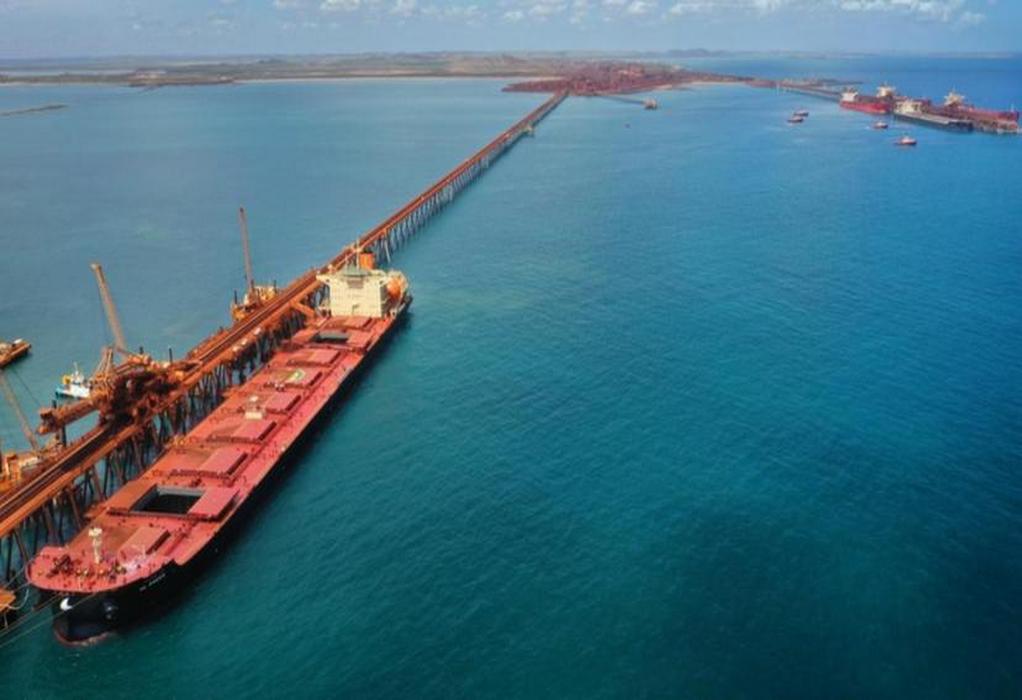The intra-Asia trades, container shipping’s pipelines, are set to get the green corridor treatment.
‘Silk Alliance’, named after the famous Silk Road, brings together shipowners including Mediterranean Shipping Co (MSC), Pacific International Lines (PIL), Wan Hai Lines, X-Press Feeders, Yang Ming Marine Transport Corp; shipyard, Keppel Offshore & Marine; bunker logistical supplier, Singfar International; engine manufacturer, Wärtsilä; shipmanager, Wilhelmsen Ship Management; and financial institutions, the Asian Development Bank and ING.
The Silk Alliance presents an opportunity for the industry to leapfrog the progress of fuel transition.
Lloyd’s Register Maritime Decarbonisation Hub announced that it is working with 11 cross-supply chain stakeholders to develop a fleet fuel transition strategy. It says that the strategy can enable the establishment of a highly scalable green fuel corridor cluster.
At the outset, these members will collaborate to send an aggregated demand signal for other stakeholders such as fuel providers, port operators and governments to support the green corridor cluster concept.
Tags: Green Corridors, Keppel Offshore, MSC, Silk Alliance, Wan Hai Lines, X-Press Feeders, Yang Ming Marine



Recent Posts
Yinson GreenTech and RMS Marine Partner to Advance Marine Electrification in Singapore
Two Damen Combi Freighters Launched for Fast Lines Belgium in China
Viking Line Unveils Concept for World’s Largest Fully Electric Passenger-Car Ferry
Denmark and India collaborate to establish CoE in green shipping
World Shipping Council Marks World Ocean Day with $150 Billion Commitment to Decarbonisation
Chartered Speed expands its electric mobility footprint in Arunachal Pradesh
PSA International joins Global Centre For Maritime Decarbonisation as a strategic partner
MPA and NYK Group Advance Collaborative Efforts on Maritime Autonomous Surface Ship Trials